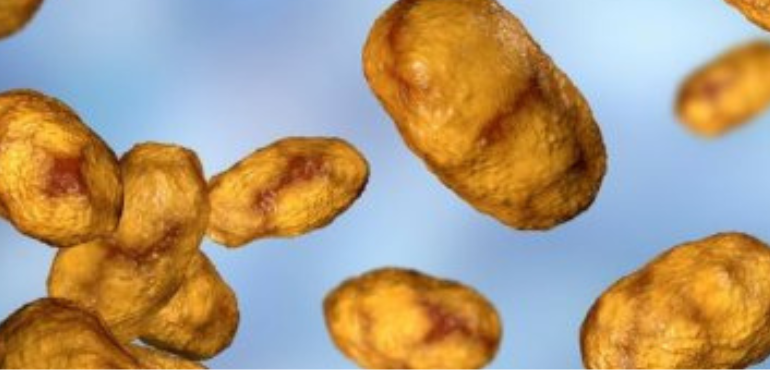Researchers from The University of Queensland have identified how Haemophilus Influenzae, a common bacterium, can manipulate the human immune system during respiratory infections, leading to persistent illness.
University of Queensland Research Findings and Implications
Led by Professor Ulrike Kappler from UQ’s School of Chemical and Molecular Biosciences, the study focused on the bacterium’s virulence mechanisms, which significantly worsen respiratory tract infections.
According to Professor Kappler, these bacteria are especially damaging to vulnerable groups, such as those with cystic fibrosis, asthma, the elderly, and Indigenous communities.
The research reveals that Haemophilus influenzae can persist by deactivating the body’s immune responses, inducing a state of tolerance in human respiratory tissues.
Using lab-grown human nasal tissue to resemble the respiratory tract, the researchers monitored gene expression changes over a 14-day ‘infection’ period.
They observed limited production of inflammation molecules, which are typically produced within hours of bacterial infection.
“We applied both live and dead Haemophilus influenzae to the tissue. The dead bacteria triggered a rapid production of inflammation markers, while the live bacteria prevented this response,” Professor Kappler noted.
The experiment demonstrates the bacteria’s ability to reduce the human immune response actively.”
Co-author and paediatric respiratory physician Emeritus Professor Peter Sly from UQ’s Faculty of Medicine highlighted the bacterium’s unique behaviour stating that Haemophilus influenzae can cause chronic infections by living within the cells lining the respiratory tract.
This is a rare behaviour among bacteria.
The findings pave the way for future research aimed at developing treatments to prevent these infections by enhancing the immune system’s ability to recognise and eliminate the bacteria.
The research was published in PLOS Pathogens.
Feature image of a microscopic view of Haemophilus influenzae bacteria from Adobe / University of Queensland
News source: University of Queensland



















